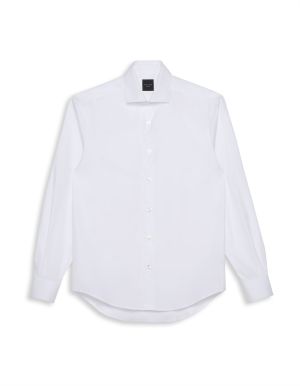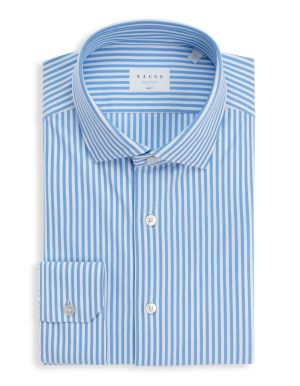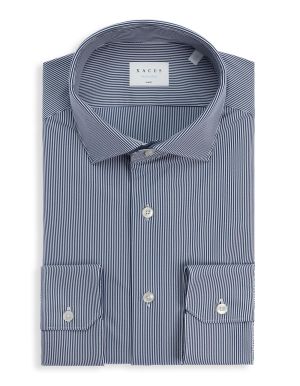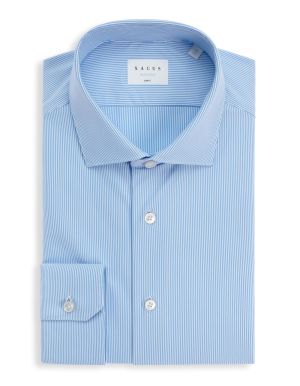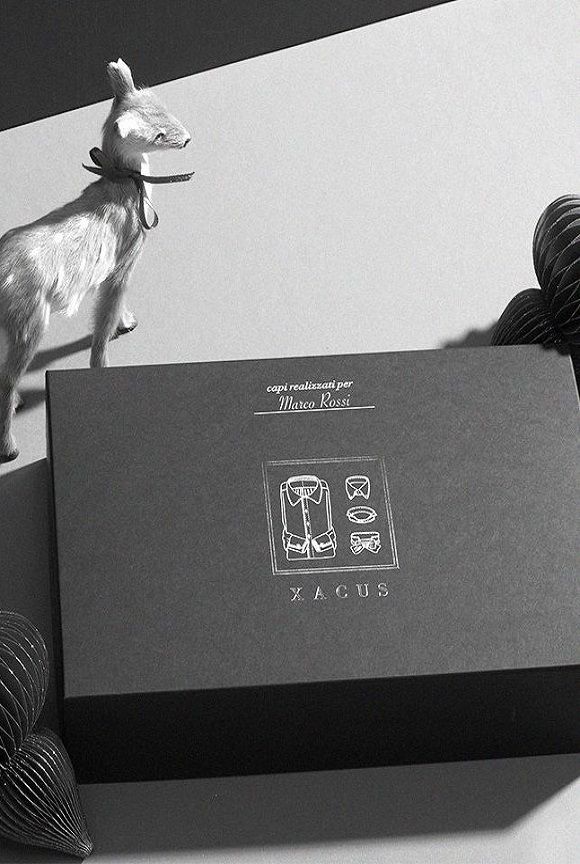Who says checked shirts mean country-casual? That’s a common idea in popular opinion, but we’re convinced that a checked pattern can be a great ally to a classic look. And following the purest tradition of menswear, after describing to you lots of striped men’s shirts, it’s more or less obligatory to mention the equally diverse world of checks.
We find them year after year as the undisputed leaders of new fashion trends when tartans, small classic checks, chequered patterns and large squares cover men’s shirt fabrics, smart suits, coats, bags, skirts, trousers and all kinds of accessories.
The most common checks in shirt fabrics
So let’s look at how the regular pattern of checks, plaids and tartans translates into a symbol of refinement and good taste when used in some very classic men’s outfits. And it really does, because a man who wants to show off all his reliability and professionalism will choose geometric lines, opting for a striped shirt, or even better, a checked one. This kind of pattern can be both formal and bold at the same time, according to the way in which it’s worn and combined with other items of clothing.
Unlike stripes, checks in themselves tend to be considered more informal because of their complex pattern, requiring an interweaving of horizontal and vertical lines intersecting at right angles.
However, checked shirts are always a safe option, especially when they’re monochrome, and they easily coordinate with suits or ties. The degree of elegance you’ll choose for your man’s shirt will then be inversely proportional to the size of the squares: if these are mini or micro, as with gingham-type fabrics but on a very reduced scale, the human eye will interpret them as solid colours from a distance.
The checked shirt and the classic businessman’s outfit
For a casual business look that retains a good dose of classic imprinting – perfect for the workplace or for formal occasions – you can opt for a Tattersall check, a variant of the more common Graph check with different colour shades within the lines, to be worn with a single-colour tie that takes up one of the colours on the shirt.
Plain colour ties are, in fact, always a preferable option, unless you’re willing to be daring in matching a similar pattern to that of the shirt but with squares of a different size or, at most, with broad Regimental-type stripes.

